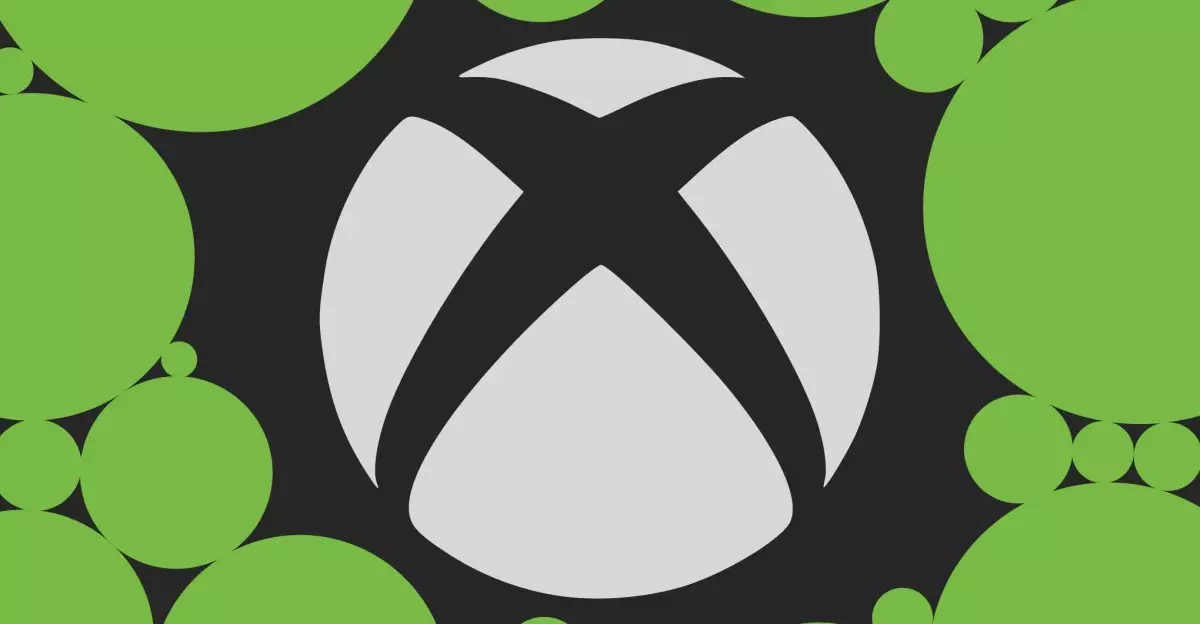The gaming world is abuzz as Microsoft announces a series of price hikes for its gaming consoles and first-party games, a move that might signal a shift in the landscape of the gaming industry. As Xbox fans brace themselves for increased prices starting this holiday season, it’s essential to delve deep into the implications of this decision, considering both the market dynamics and gamer sentiments.
The Numbers Don’t Lie
Effective immediately, Microsoft is raising the cost of its Xbox Series S and Series X consoles, along with the prices of select first-party games. The existing price of the Xbox Series S (512GB) will see an upgrade from $299.99 to a hefty $379.99. Similarly, the flagship Xbox Series X (1TB) will now be priced at $599.99, a $100 jump from its previous cost. These price adjustments aren’t just about numbers; they set the stage for what might be a challenging battle among next-gen consoles and gaming platforms.
Additionally, popular accessories are also experiencing price increases, with the base Xbox wireless controller rising to $64.99 and select other accessories seeing similar hikes. The move seems strategically positioned to align Xbox’s pricing with competitors, particularly against Nintendo’s new titles that are also pushing past the $70 mark.
A Double-Edged Sword
However, raising prices is a double-edged sword. While increasing prices might be a tactical decision to enhance profitability, it risks alienating a significant portion of the gaming community. Gamers dedicate substantial portions of their income to their hobbies, and as games and consoles become pricier, they may reconsider their spending. This is especially true for casual gamers who may not justify the expense for a marginal upgrade in gaming experience.
On the flip side, Xbox Game Pass pricing remains untouched, a critical strategic decision by Microsoft, assuring subscribers that loyalty will not come at a higher price. This approach reinforces the value proposition of the service, especially in a landscape where game affordability is becoming a growing concern.
A Competitive Landscape
In context, these price adjustments create an intriguing competitive dynamic. PlayStation recently increased its PS5 prices in Europe, mirroring Microsoft’s strategy, leading to speculation that both companies are grappling with rising costs of production and supply chain challenges. The question then arises: Are gamers expected to shoulder these economic burdens?
Despite the risk of losing price-sensitive consumers, Microsoft appears unfazed, buoyed by recent statements from CEO Satya Nadella about their leading position in the gaming sector in terms of preorders and installs. This confidence may stem from an increasing trend in dedicated gaming, which suggests that gamers are not just casual players anymore but are becoming invested in richer experiences and more sophisticated gameplay.
The Underlying Reasons
It is also pertinent to consider why Microsoft finds it necessary to hike prices now. The gaming industry, particularly during and post-pandemic, has experienced unprecedented growth. Is Sony and Microsoft’s current strategy a natural maturation of a thriving digital landscape? With increasing revenue from Xbox Game Pass—revenue has reportedly risen by 45 percent year-over-year—Microsoft might feel emboldened to push the limits on what consumers are willing to pay for high-quality gaming experiences.
This increase is not merely inflationary; it reflects the growing costs of developing games that meet the rising expectations of gamers. As titles become more sophisticated in graphics and gameplay, developers face greater pressure to deliver a top-notch product, implicating higher development costs.
Though the changes signal a significant shift in Xbox’s pricing strategy, they also initiate a broader conversation about the sustainability of such increases within the gaming community. Will consumers embrace the higher costs in pursuit of an enhanced gaming experience, or will they seek alternatives that provide more value? The answer to this question may redefine the market dynamics in the months to come.


Leave a Reply